What is SEND?
A child has special educational needs or disabilities (SEND) if they have a learning difficulty or disability which means that they find it significantly harder to learn, or to do activities which children the same age are able to do.
What is a special educational need?
'A child or young person has SEN if they have a learning difficulty or disability which calls for special educational provision to be made for them. A child of compulsory school age or a young person has a learning difficulty or disability if they:
- have a significantly greater difficulty in learning than the majority of others of the same age; or
- have a disability which prevents or hinders them from making use of educational
facilities of a kind generally provided for others of the same age in mainstream schools or mainstream post -16 institutions.
A child under compulsory school age has special educational needs if they fall within the definition at (a) or (b) above or would do so if special educational provision was not made for them (Clause 20 Children and Families Act)' (Draft SEN Code of Practice 2013, 1.8)
What is a disability?
The Equality Act 2010 states that a person has a disability if they have a physical or mental impairment and the impairment has a substantial and long-term adverse effect on their ability to carry out normal day-to-day
activities.
A physical or mental impairment includes:
-
Learning difficulties
-
Medical conditions, including epilepsy, diabetes, more severe forms of asthma and eczema
-
Specific learning difficulties, including dyslexia
-
Autism
-
Speech, language and communication impairments
If the impairment has a substantial and long-term effect on a person’s ability to carry out normal day-to-day activities it may amount to a disability.
A young person has special educational needs if he or she has a learning difficulty or disability which calls for special educational provision to be made for him or her.
A young person has a learning difficulty or disability if he or she:
-
Has a significantly greater difficulty in learning than the majority of others of the same age, or
-
Has a disability which prevents or hinders him or her from making use of facilities of a kind generally provided for others of the same age in a mainstream school.
If your child has special educational needs or disabilities their needs will fall into one or more of the four main areas of SEN;
Communication and interaction
- Speech, Language and Communication Needs (SLCN)
-
Autism
Cognition and learning
- Specific Learning Difficulty (SpLD)
-
Moderate Learning Difficulty (MLD)
-
Severe Learning Difficulty (SLD)
-
Profound and Multiple Learning Difficulty (PMLD)
Behavioural, social and emotional
Physical and sensory
- Visual Impairment (VI)
-
Hearing Impairment (HI)
-
Multi-Sensory Impairment (MSI)
-
Physical Disability (PD)
Children whose needs fall into a mixture of these four categories have complex needs. A child is described as having mild or severe learning difficulties depending on the degree of their needs and the impact they have on their lives.
If you would like to discuss your son or daughter please contact Mrs Tunningley the SEND coordinator for further advice.









